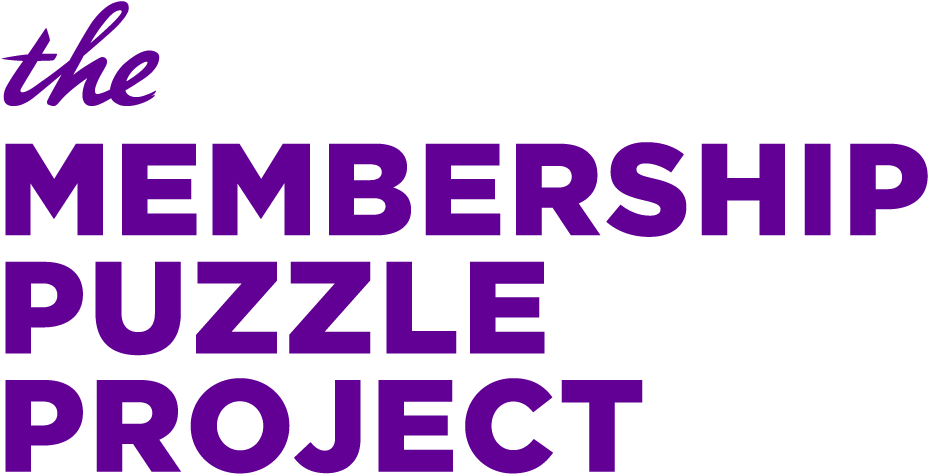Blog
-
Readers’ Clubs and Friends: The state of membership models in Ukrainian media
Many Ukrainian newsrooms launched membership for the first time in 2020, or redoubled stalled membership efforts. This study of Ukrainian membership models explores how to launch membership to an audience unfamiliar with the concept.
-
Building healthy membership communities: Lessons from newsrooms around the world
Many loyal readers crave a sense of community, but communities are complicated and take many different forms. In this report, four newsrooms share the diverse tactics, strategies and operational considerations that have helped them cultivate healthy member communities on their own terms.
-
Case study: How Outride.rs developed a loyal audience by going ‘newsletter first’
This case study will walk you through the steps Outride.rs took to first put Brief at the center of the readers experience and then aggressively grow that newsletter list, laying a strong foundation for membership.
-
Membership Puzzle Project is issuing its final call for research proposals
As we prepare for our August 2021 sunset, we are issuing a final call for research proposals that can expand the journalism industry’s knowledge of what works – and what doesn’t – among membership models in news.
-
Introducing the Membership Guide
The Guide is like a little course in membership. It takes you through the steps. It tells you how to do each one. It gathers into one place the lessons people have learned as they built their membership programs.
-
How Conexión Migrante became a switchboard for Latino migrants in the U.S.
Patricia Mercado launched Conexión Migrante from Mexico City on Nov. 8, 2016. After watching the discourse on immigration during the 2016 election campaign, she knew Mexican migrants would need their own news source. But it wasn’t until they published an answer to a migrant’s question about passports that they realized that the questions were answering…
-
What to know when choosing your membership tech stack
Getting the tech stack right can be a daunting challenge for member-driven newsrooms who don’t have an in-house technologist. Media consultant Emma Carew Grovum lays out key considerations when trying to choose the right tools for managing your membership program.
-
How newsrooms can begin making data-informed membership decisions
A pillar of every successful membership effort is understanding how and why audience members come to that news organization. But answering those questions can feel daunting to smaller organizations without a dedicated audience specialist.
-
Here’s how 15+ member-driven organizations are adapting membership appeals, events, and more for coronavirus
The world has changed dramatically in the last month, and pillars of membership programs have had to change, too. Here’s how 15+ newsrooms around the world have adapted their membership appeals, in-person events, and roles as community connectors in order to respond to coronavirus.
-
Case study: How “members getting members” brought Zetland to financial sustainability
In 2019, Danish news organization Zetland had to face a hard truth: they had an enthusiastic base of supporters, but after three years, they still were not financially sustainable. So they took a gamble: if they opened up about their true financial situation and appealed to members’ passion for Zetland, could they enlist those members…
